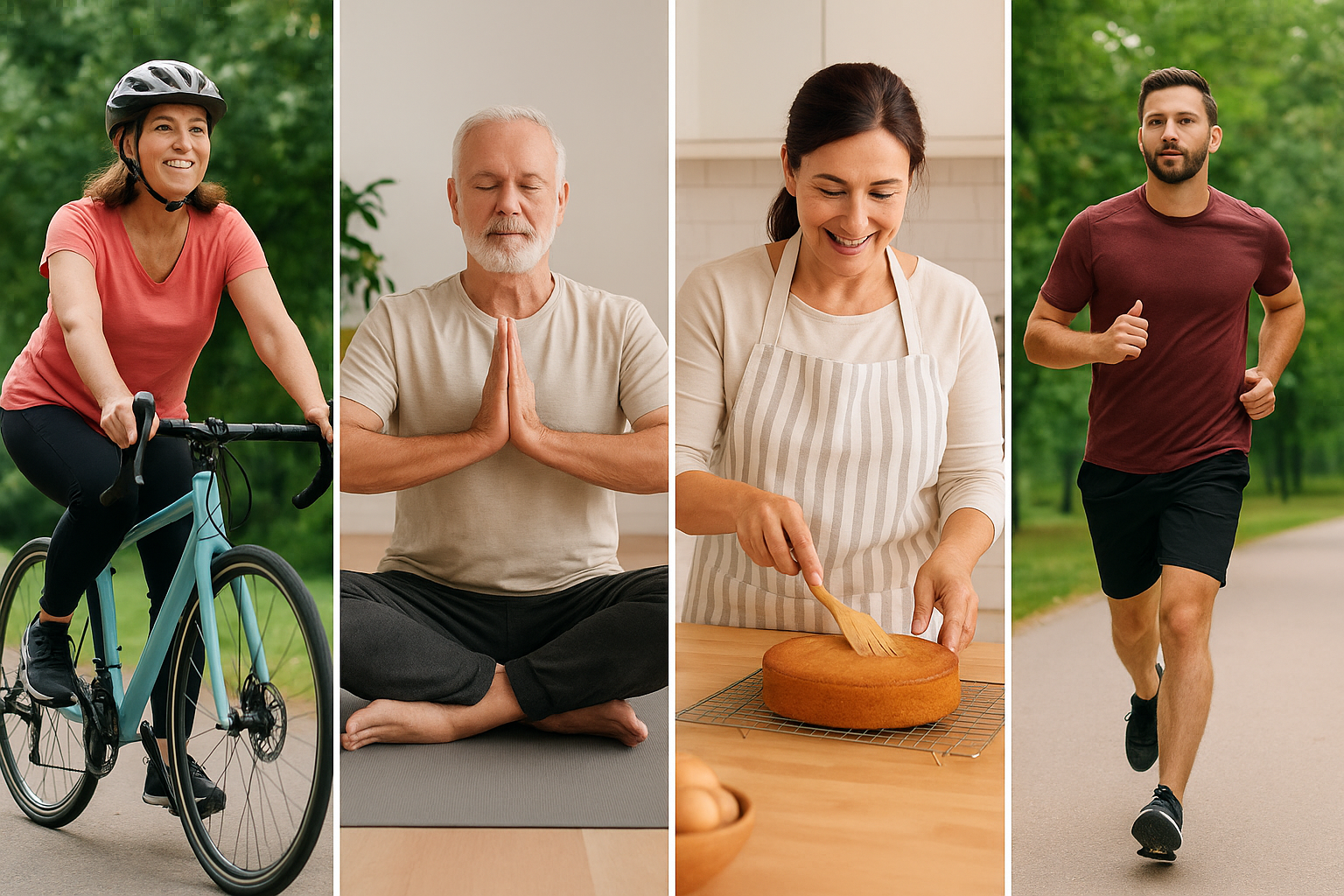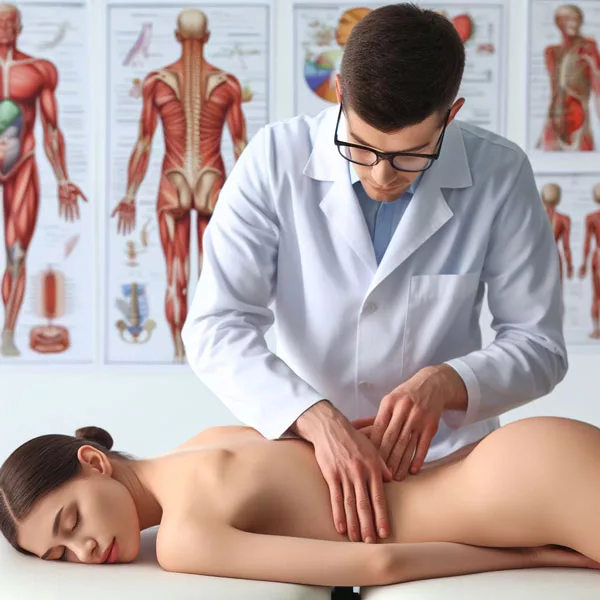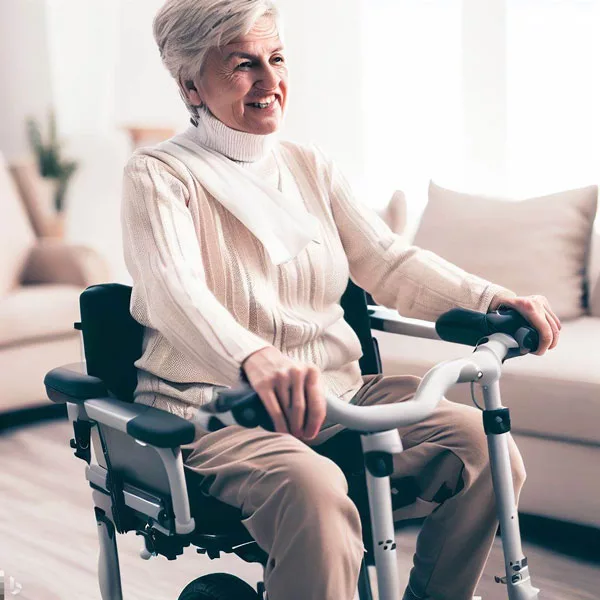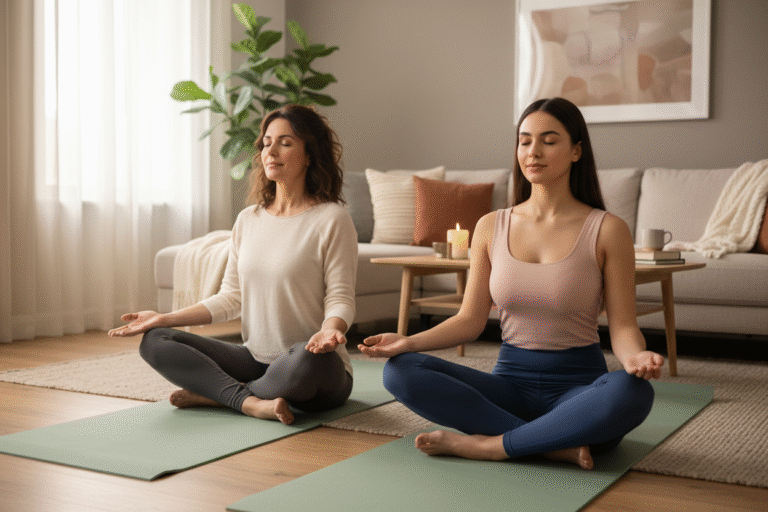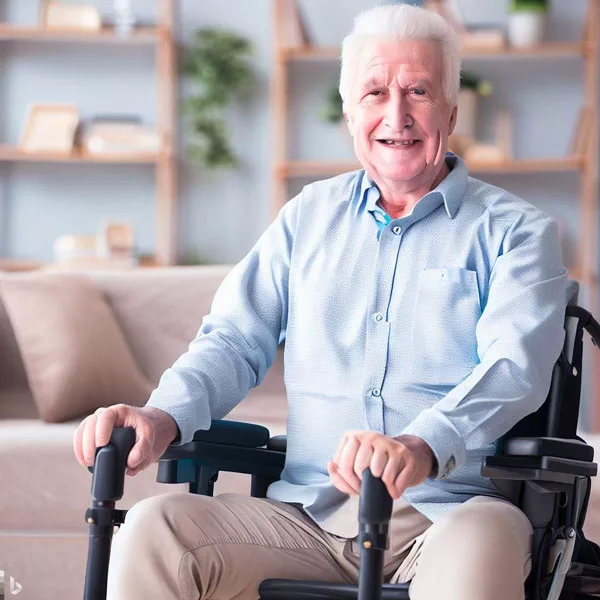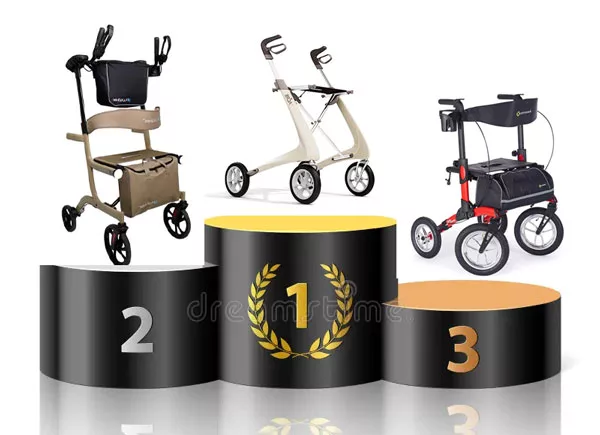Active Relaxation: The Science-Backed Way to Stress Less While Doing More
Discover the power of active relaxation — the mindful way to reduce stress, boost focus, and recharge your brain and body, no meditation mat required.
Key Takeaways
- Active relaxation gets your mind and body working together — which, spoiler alert, beats zoning out in front of Netflix every time (and yes, I’ve done the research… purely for science).
- Studies show it can lower cortisol levels by up to 35% while improving focus and memory — so you end up calmer and sharper.
- Instead of leaving you foggy like a post-binge hangover, active relaxation creates a “flow state” that boosts long-term clarity and emotional balance.
- You don’t need an hour or fancy setup — simple stuff like mindful breathing or progressive muscle relaxation can work in 5–10 minutes, even in that tiny airplane bathroom.
- Older adults especially benefit — it’s stress relief, light exercise, and social connection all rolled into one.
What Is Active Relaxation? (And Why Your Mind and Body Craves It)
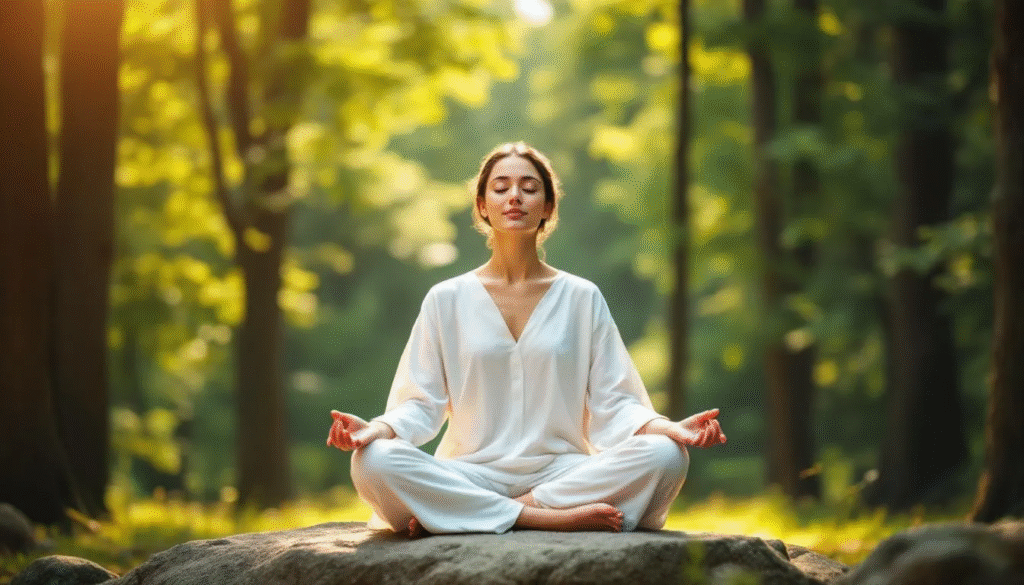
If your idea of “relaxing” involves collapsing on the couch and letting Netflix autoplay your evening away, you’re not alone — I used to think that was the gold standard too. One weekend I told myself I’d “rest,” then somehow watched an entire season of a baking show while eating takeout pizza. By Sunday night, I didn’t feel recharged; I felt like a human paperweight.
That’s the thing about passive relaxation — it feels good in the moment, but your nervous system isn’t fooled.
Active relaxation techniques flips that idea on its head. It’s basically about syncing your mind and body so you actually relax instead of just spacing out. Kind of like tuning your guitar instead of leaving it to buzz every time someone brushes past. One creates harmony; the other… just noise.
The idea first showed up in sports psychology back in the 1970s. Coaches noticed that athletes who did intentional, mindful activities during rest days — things like stretching, visualization, or light movement — actually recovered faster than those who just lounged around. Decades later, neuroscience caught up and confirmed what athletes already knew: your brain doesn’t really want “nothing.” It wants purposeful rest.
Here’s the mistake most of us make: we assume relaxation means doing as little as possible. But your brain’s default mode isn’t “off” — it’s “engage.” When you give it something constructive and calming to focus on — like slow breathing, yoga, or painting — it finally gets permission to power down the stress circuits.
I learned this the hard way after too many nights of “relaxing” with true crime shows that only made me more anxious. (Apparently, nothing says bedtime like a detailed police interrogation.) Once I started practicing active relaxation — mindful breathing, stretching, even drawing — I realized how different real rest feels. It’s calmer, lighter, and way more sustainable than just zoning out.
So yes, watching Netflix might help you escape for a bit, but active relaxation actually helps you recover.
The Neuroscience of Active Relaxation: Your Brain on Purposeful Calm
Alright, let’s nerd out for a second — because what’s happening in your brain during active relaxation is seriously cool.
When you swap doom-scrolling or streaming marathons for something intentional — say, deep breathing or yoga — you’re not just “chilling out.” You’re literally rewiring your stress response.
A 2023 Stanford study found that people who practiced active relaxation (like yoga, mindful movement, or art) saw a 23% drop in stress hormones compared to those who tried to relax passively. That’s not just “I feel calmer”; that’s measurable chemistry-level change.
Here’s the simple version:
Your sympathetic nervous system is the one yelling “fight or flight!” every time you’re stressed. Active relaxation helps flip the switch so your parasympathetic nervous system can take over — that’s your body’s built-in “chill mode.” Harvard’s Dr. Herbert Benson called this the relaxation response, and once it’s activated, your heart rate slows, your blood pressure drops, your breathing deepens, and your muscles finally stop acting like they’re bracing for an email notification.
Here’s what’s wild — active relaxation doesn’t just make you feel better in the moment. It makes your brain stronger over time.
While passive relaxation (looking at you, Netflix marathons) tends to zone you out, active relaxation does the exact opposite — it tunes you in. Instead of escaping, you’re actually teaching your brain how to chill on purpose. Keep practicing that kind of mindful focus, and your brain actually gets better at rewiring itself and recovering from stress. It’s basically mental gym time — no dumbbells required.
Think of it like mental strength training:
- Your prefrontal cortex (the logic and decision-making part) gets stronger.
- Your amygdala (the fear and panic center) chills out.
It’s like upgrading your internal security system so it stops overreacting every time your cat knocks something over at 3 a.m.
And here’s the kicker — research consistently shows that people who practice active relaxation techniques have 25–35% lower cortisol levels than those who don’t. But unlike the quick, temporary stress relief of passive downtime, these changes stick. You’re building a baseline of calm that carries over into your everyday life.
So while zoning out might help you forget your stress for a bit, active relaxation actually teaches your brain how to handle it better next time.
Active vs. Passive Relaxation: The Difference Between Netflix and Flow
Let’s be real — we’ve all done the “just one episode” lie. You sit down to relax, and suddenly it’s 1 a.m., your snacks are gone, and your eyes feel like sandpaper. Somehow, you’re more tired than before. That’s the passive relaxation trap.

Here’s the thing: mindless downtime — scrolling, binging, zoning out — might feel good in the moment, but it’s not the same as real rest. It’s like emotional junk food: quick hit, zero nourishment, and a side of regret.
Now, active relaxation? That’s the good stuff. Instead of zoning out, you’re zoning in — engaging both your body and mind in a way that creates calm and focus. It gives you mental clarity.
Here’s the difference:
| Passive Relaxation | Active Relaxation |
|---|---|
| Watching TV or streaming | Yoga or tai chi |
| Scrolling social media | Deep breathing or mindfulness |
| Lying on the couch | Progressive muscle relaxation |
| Mindless mobile games | Gardening, painting, or playing music |
| Result: Temporary distraction, lingering fatigue | Result: Lasting calm, sharper focus, better mood |
Psychologist Mihaly Csikszentmihalyi — the guy who coined the term flow state — nailed it. Flow is that sweet spot where you’re so immersed in what you’re doing that time disappears and your brain hums along at just the right frequency between challenge and ease. That’s exactly what active relaxation taps into.
Passive relaxation, on the other hand, is all about those quick dopamine hits — a sugar rush for your brain that crashes just as fast. Active relaxation delivers the slow-burn version: steady, satisfying, and actually restorative.
Now, don’t get me wrong — Netflix isn’t evil. I’m not about to shame anyone for watching a show to unwind (believe me, I’ve finished more than one season in a single sitting). But if your only stress strategy involves sitting still and consuming content, your nervous system might still be working overtime.
The goal isn’t to never chill — it’s to balance your downtime so that you’re actively recharging, not just numbing out.
Science-Backed Active Relaxation Techniques That Actually Work to Reduce Stress
Here’s the part I love — the practical stuff. Because “relax more” sounds great in theory, but how do you actually do that between work, family, and your third cup of reheated coffee?
The key is starting small. Even 5–10 minutes of intentional practice can make a measurable difference. Think of these as tools you can grab anytime stress starts to creep in.
1. Progressive Muscle Relaxation: Your Body’s Reset Button
This one’s a classic for a reason. Developed by Dr. Edmund Jacobson back in 1929, progressive muscle relaxation (PMR) trains you to notice and release tension throughout your body — something most of us desperately need.
Here’s the short version: you tense a muscle group for five seconds, then release for about thirty. You’ll literally feel the stress melt away.
Try this:
- Start with your toes — curl them tight, hold, release.
- Move up to your calves, then thighs, glutes, abs, hands, arms, shoulders, and finally, your face.
- Focus on how the release feels. That contrast between tension and relaxation is where the magic happens.
A 2019 study in Frontiers in Psychology found PMR can lower systolic blood pressure by 7–10 mmHg and reduce perceived stress levels by nearly 40%. I tried it during a period when I realized I’d been unconsciously clenching my jaw for about… three years straight. It works.
Pro tip: Don’t rush it. The benefit comes from that deep sigh your muscles give when you finally let go.
2. Mindful Deep Breathing Exercises: Your Built-In Reset Switch
If PMR is your body’s reset button, mindful breathing is your mental one.
Simple, portable, free — and no special equipment required (unless you count lungs).
Try the 4–7–8 technique by Dr. Andrew Weil:
- Inhale for 4 counts.
- Hold for 7.
- Exhale for 8.
This sequence lowers your heart rate and activates your parasympathetic nervous system — your body’s calm mode.
Or, if you’re in a high-pressure situation, try box breathing (used by Navy SEALs): inhale 4, hold 4, exhale 4, hold 4. If it helps elite soldiers stay calm jumping out of planes, it can probably help you survive rush-hour traffic.
Here’s the kicker — the way you breathe matters. Shallow chest breathing actually mimics stress. Deep belly breathing, where your diaphragm expands and your stomach rises, signals your body that you’re safe.
Even three minutes of deep breathing can reduce cortisol and sharpen focus. And the best part? You can do it anywhere — at your desk, in a meeting, or even in the world’s tiniest airplane bathroom.
3. Movement-Based Relaxation: Calm in Motion
Sometimes, the best way to relax isn’t by being still — it’s by moving mindfully.
Unlike zoning out on the couch, yoga, tai chi, and qigong actually make you show up for your relaxation. They mix gentle movement with just enough focus to keep your mind from wandering to your inbox.
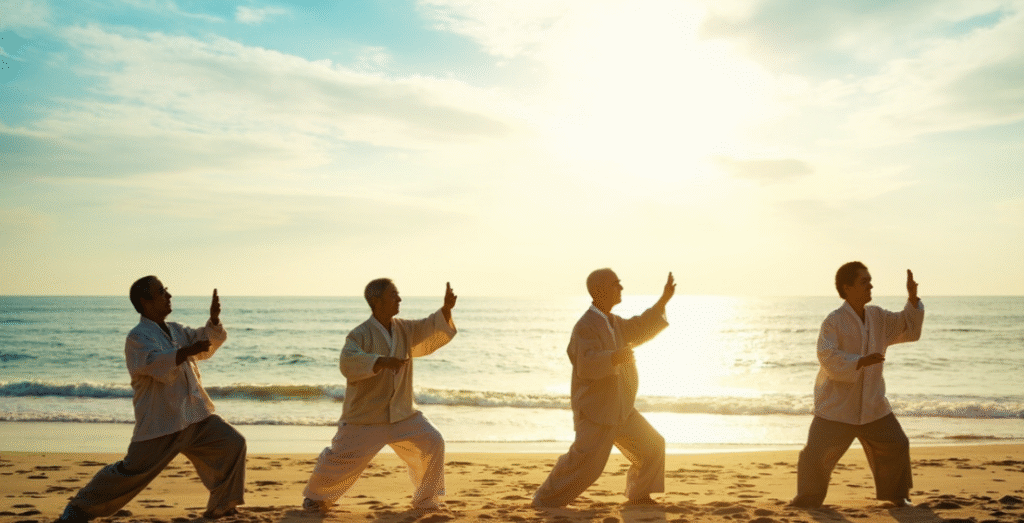
And the science? It’s impressive. Tai chi alone can slash anxiety by around 40% — plus, you get better balance, flexibility, and a brighter mood as bonus perks.
Yoga’s version of calm goes deeper. Researchers call it embodied mindfulness, which is a fancy way of saying your brain and body finally start playing on the same team. When that happens, the sense of calm feels real — not just like you took a nap you’ll regret later.
And if you’re allergic to studios or mats? Try walking meditation. It doesn’t have to look like meditation or feel like a retreat. Just slow down and actually notice what’s going on around you. Feel your feet on the ground, the way the air moves, maybe even the sound of your own footsteps. (Bonus points if you’re not on your phone.) Studies show that spending just 20 minutes in nature can slash cortisol by up to 50%. Honestly, that’s cheaper and faster than any spa treatment I’ve tried — and trust me, I’ve tested a few.
And here’s the secret: everyday stuff totally counts. Gardening, dancing in your kitchen, folding laundry — if you’re paying attention, it’s mindfulness in motion. I’ve even found washing dishes can feel oddly peaceful when I tune into the warm water and the rhythm instead of spiraling about my inbox. Who knew serenity was hiding in the sink?
4. Creative Flow: The Art of Intentional Play
Active relaxation doesn’t have to mean exercise or meditation. It can be play — especially the creative kind.
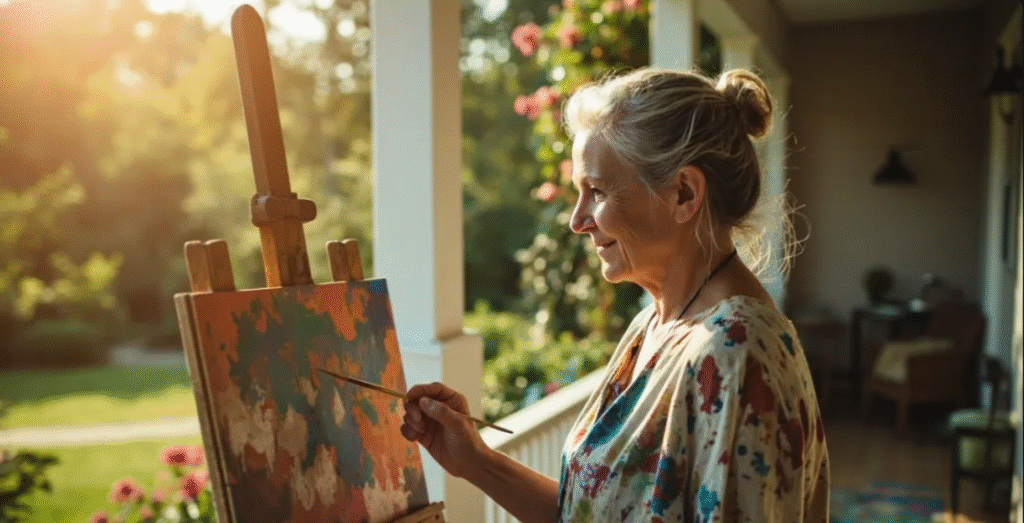
Drawing, coloring, playing music, pottery, journaling — all of these tap into flow states, where your brain hits that sweet spot of full engagement and calm.
One 2022 study in Frontiers in Psychology found that just 45 minutes of creative activity reduced cortisol levels by 25%. You don’t have to be an artist — honestly, some of my best stress relief has come from making terrible ukulele sounds or messy watercolor blobs.
The trick is to focus on the process, not the product. Forget perfection. The goal isn’t to make a masterpiece — it’s to lose yourself in the act of creation.
Even everyday tasks like cooking or baking can become active relaxation if you do them intentionally. Kneading dough, stirring soup, or chopping veggies while fully present turns routine into ritual — and at the end, you get dinner. Win-win.
Building Your Personal Active Relaxation Practice
Here’s the truth: the “best” active relaxation method is the one you’ll actually do.
Start small. Pick one technique that sounds appealing and practice it for 5–10 minutes, a few times a week. That’s it.
If you like structure, schedule it. If you’re spontaneous, weave it into your day. For example:
- Taking slow deep breaths while waiting for your coffee to brew.
- Do a mini stretch session between Zoom calls.
- Try mindful walking during lunch breaks.
I use something called habit stacking — pairing a new habit with an existing one. It’s sneaky but effective, like hiding spinach in a smoothie.
If you’re more social, join a group — a yoga class, a tai chi meetup, or even an art night. You’ll get the relaxation benefits plus community support (and maybe some accountability when motivation dips).
And please, ditch perfectionism. You don’t need to “master” anything. Even a few imperfect minutes of mindful breathing beats an hour of anxious multitasking.
Active Relaxation for Different Life Stages
One of the coolest things about active relaxation is that it fits literally any lifestyle or age.
- Busy professionals: Try micro-breaks — short breathing exercises or body scans between meetings. A three-minute reset can change your entire afternoon.
- Parents: Practice mindful moments during family time — breathing while pushing a stroller or coloring with your kids. (Yes, adult coloring books totally count.)
- Students: Use breathing or body scans before exams. Studies show it sharpens focus and improves memory retention.
- Seniors: Combine social and physical benefits — group yoga, tai chi, or gardening clubs. Research from the National Institute on Aging shows it improves balance, cognition, and emotional well-being.
And if you’re managing health issues or chronic pain, active relaxation can be adapted. Gentle stretching, visualization, and breathwork can all help reduce pain and improve quality of life — without strain.
Tech-Assisted Calm: When Apps Actually Help
Let’s face it — our phones cause plenty of stress, but they can also help manage it. Apps like Calm, Insight Timer, or Headspace guide you through breathing or meditation sessions when you need structure.
If you love data, wearables like smartwatches can track heart rate variability (HRV), a great indicator of relaxation. Some even give you biofeedback — helping you literally watch your stress drop in real-time.
But here’s the catch: use tech as a tool, not a crutch. True relaxation doesn’t come from staring at another screen; it comes from reconnecting with yourself. Sometimes the best app is just… stepping outside.
FAQs About Active Relaxation
Q: How long before I notice results?
Most people feel calmer after a single session, but lasting benefits build over 2–4 weeks. Think of it like fitness for your nervous system — consistency wins.
Q: Can active relaxation replace my workouts?
Not exactly. It complements exercise but doesn’t replace cardio or strength training. It’s more like mental conditioning that supports everything else you do.
Q: I tried meditation once and got more anxious — is that normal?
Totally. When you first slow down, your brain might rebel. Try shorter sessions or active techniques (like yoga or walking) instead of sitting still.
Q: What if I have health issues?
Most techniques are adaptable, but talk to your doctor if you have heart conditions, joint problems, or chronic illness. There’s always a gentle version that works for you.
Q: How do I know it’s working?
You’ll start noticing subtle shifts — better sleep, fewer stress spikes, more patience in traffic. Over time, you’ll handle chaos with a little more grace (and maybe fewer eye twitches).
The Bottom Line: Relaxation Isn’t Laziness — It’s Strategy
Active relaxation isn’t about doing less — it’s about doing differently.
It teaches your body to calm itself on demand, helps your mind stay clear under pressure, and rewires your stress response for the long haul.
So the next time you’re tempted to collapse on the couch and call it “relaxing,” try giving your brain what it actually craves: purposeful calm.
Because when you learn to relax actively, you don’t just recover — you recharge, refocus, and come back stronger.
And honestly? That’s the kind of multitasking I can get behind.

